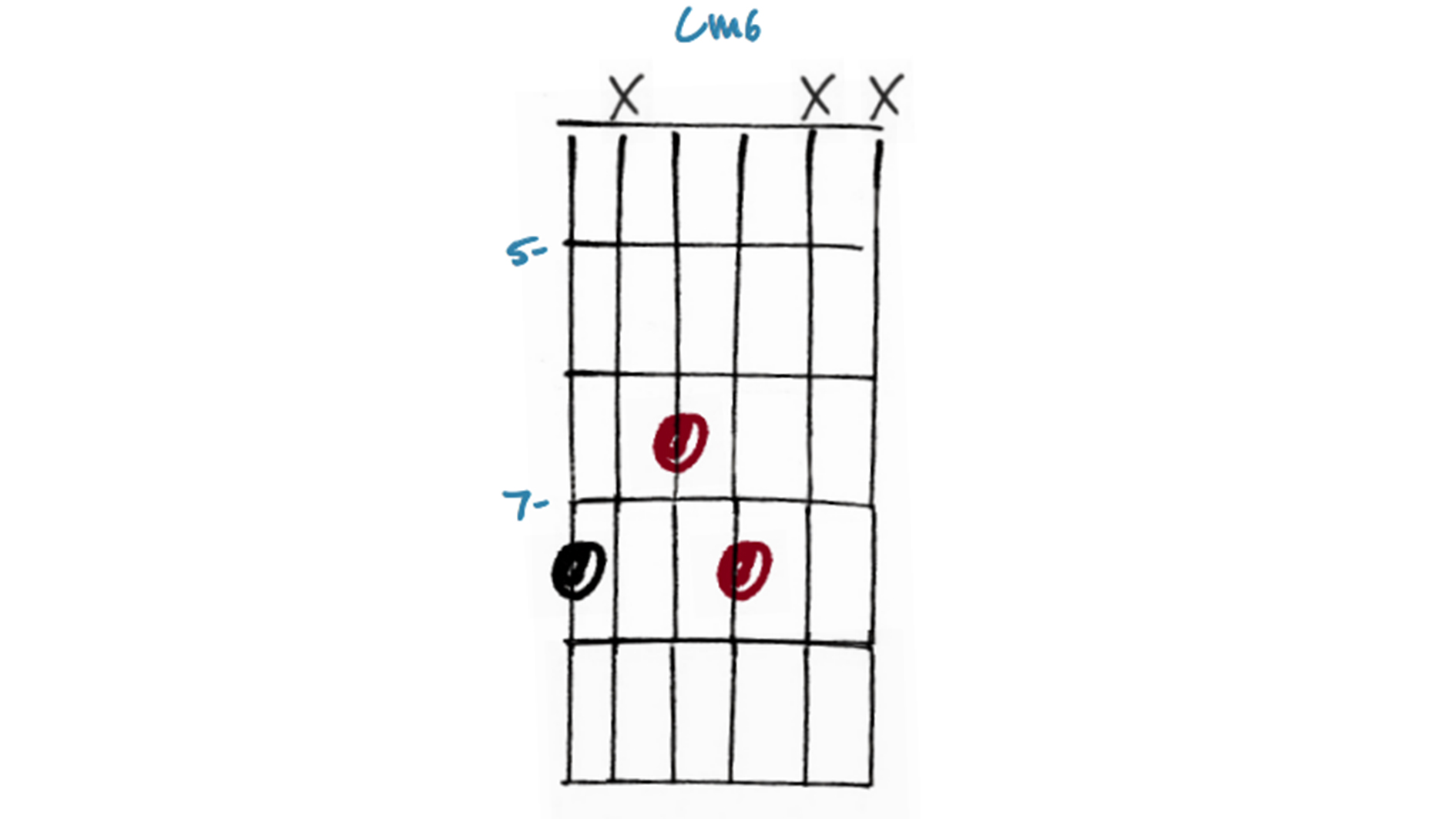Expand your chord knowledge with these easy three-note Gypsy jazz voicings
Inspired by Django Reinhardt's ingenuity, we break down five simple three-note Gypsy jazz chords

It may be a cliché to say that necessity is the mother of invention, but that doesn’t make it any less true. A great example of this is how Django Reinhardt managed to reinvent his playing after his fretting hand was badly damaged in a fire. All but losing the use of his third and fourth fingers led him to favor voicings that are now staples in what has become known as Gypsy jazz.
In fact, it’s common to see a jazz guitarist vamping on chords that seem to somehow outline complex harmony but without using painful stretches and energetic leaps around the fretboard.
While it isn’t possible to dispel the mysteries of jazz harmony in a couple of hundred words, it is realistic to gain an insight from the kind of chord vocabulary and movements these players use.
So, no complex, hand-twisting extended voicings or ringing open chords here this time. But hopefully a very useful approach that can open the door to more authentic jazz (or Gypsy jazz) ‘vamping’.
Example 1

This G major 7th is as minimal as it comes. From low to high: G (root), F# (major 7th), B(3rd). No 5th, which is often omitted in jazz through choice – though don’t mix this up with the fifth string, which is confusingly where the 5th (D) would be fretted. You may find it helpful to mute it with the side of a finger, so it can’t get in on the act and spoil things!
Example 2

This A minor 7th takes the same approach regarding the 5th – and the fifth string! From low to high we have: A (root), G (minor 7th), C (minor 3rd). There is a nice option to turn this into a D7/A by moving the G down a semitone to the 4th fret, giving us an F# (3rd).
Example 3

Diminished chords can be named in different ways, but we’ll call this Bb diminished due to the presence of Bb as its lowest note. From low to high: Bb (root), G (bb7th), Db (minor 3rd). Strum rhythmically while moving this shape chromatically up and down to follow in Django’s footsteps.
All the latest guitar news, interviews, lessons, reviews, deals and more, direct to your inbox!
Example 4

Raising the Bb and Db by a semitone gives us this G/B chord. The 3rd (B) is on the bottom, so if you want to make this a G minor/Bb, just drop it down to the 6th fret again. In isolation, this is probably the least ‘jazzy’ sounding of our chords here, but it’s all about context.
Example 5

This C minor 6th is a great demonstration of minimalist fingerings creating complex chords. Here, we have the root (C) on the sixth string, and then the minor 6th (A) on the fourth. Finally, the minor 3rd (Eb) is found at the 8th fret of the third string. Don’t forget to keep the fifth string firmly muted!
As well as a longtime contributor to Guitarist and Guitar Techniques, Richard is Tony Hadley’s longstanding guitarist, and has worked with everyone from Roger Daltrey to Ronan Keating.

